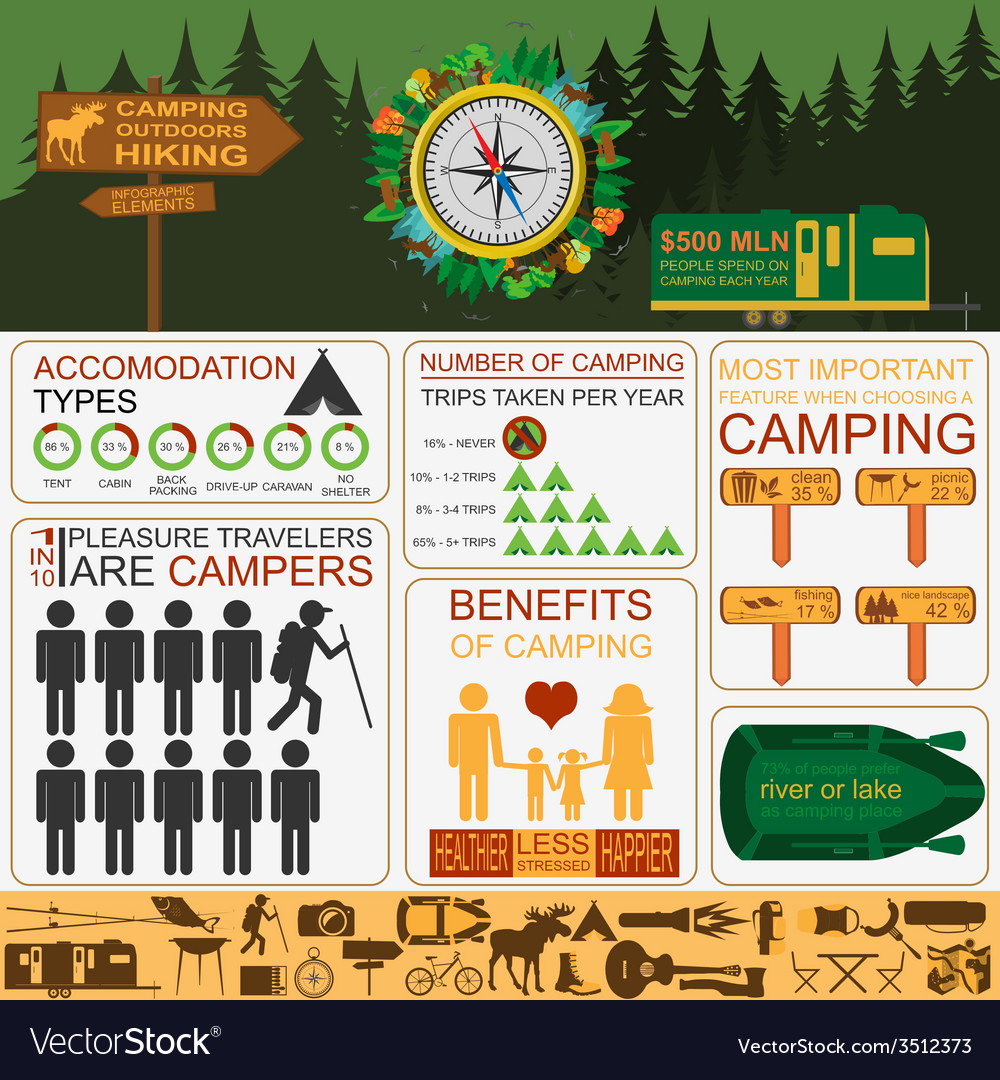Yes, wall surface camping tents offer a wonderful camping experience in the backcountry. Nevertheless, winter season outdoor camping can be challenging in extreme problems.
The key to successful winter months outdoor camping is insulation. Insulation stops warm transfer and catches body heat inside. Insulation products need to feature both air pockets and reflective capabilities. These are best for camping tent wall surfaces and roof coverings.
Build a Snow Windbreak
Using snow itself to produce a barrier versus the wind can aid protect your tent from damage and chillier air. Make the wall surface high enough to stop the winds but not too expensive so it doesn't topple over on itself. This is an enjoyable method to welcome the spirit of winter months outdoor camping and will also add a bit much more insulation to your camping tent.
The location of your camp site plays an essential function in camping tent insulation also. Try to find a location that has an all-natural wind break like thick trees or hedges. These locations will certainly catch cozy air inside and avoid it from surprising.
Insulation is any type of material that quits or reduces heat transfer, so it is necessary to use it anywhere feasible. Camping tent wall surfaces are particularly susceptible to warmth transfer and should be covered in the very best insulation you can locate. This will maintain the chilly air from entering your camping tent and stop temperature from getting away.
Place a Bivvy Sack on Your Resting Bag
Wintertime camping is a difficulty but it doesn't have to be unbearably cold. By utilizing a couple of straightforward hacks to insulate your camping tent, you can prevent freezing fingers and wintry air through the night.
Insulation jobs by quiting or reducing warm transfer. To do this, the material should be breathable enough to allow water vapor generated by insect repellent your body to travel through it.
One of the most reliable insulation products are made from a combination of wool, silk, and cotton blends. If you don't have any one of these readily available, utilize a layer of dried leaves, pine needles, or straw to develop a shielding floor covering below your sleeping bag. This will also help prevent cool air currents from dispersing your body heat into void underneath you. If you're preparing to sleep in a bivvy, pick a layout that enables you to crawl in feet first or that has a side-entry. These designs are less complicated to get in and out of than a front entry hooped bivy.
Place a Tarp Impact
Wall surface tents embody the spirit of journey and convenience in the outdoors. Their durable structures and strong materials make them a best selection for hunting trips, camping with household and winter hideaways. Nevertheless, they need to be effectively gotten ready for winter season outdoor camping to optimize their performance and durability.
Buying a high quality tarpaulin impact is one of one of the most essential points you can do for your wall surface tent for winter months outdoor camping. This durable tarpaulin sits under your outdoor tents, producing an insulating obstacle between the cool ground and your tent. This protects against wetness and precious temperature from running away downwards.
Lots of manufacturers use tarp impacts that are designed to fit details sizes of wall surface tents. These are a fast and easy method to prepare your tent for the wintertime camping season.
Shield the Roof covering
The roofing system of a wall surface tent is one of the most difficult component to shield. This is due to the huge area that emits heat and the amount of warmth required to heat the space. There are a number of means to insulate the roofing of a wall camping tent. You can make a tarpaulin to cover the roofing system or you can make use of blankets of protecting product. You can sew or velcro the blankets in position before you pitch your camping tent and you can additionally use foil foam sheets to line the outdoor tents's ceiling.
The air pockets that are trapped in snow make it an exceptional insulator. This is why wild animals and also stray pet dogs will certainly frequently tunnel in the snow when it's cool outside. It's likewise the factor that Inuit individuals made igloos to live in for months at once throughout the winter. You can apply this idea to your very own log cabin, too. In fact, if you can chink your cabin walls with mud, this will certainly aid to keep it warmer.
